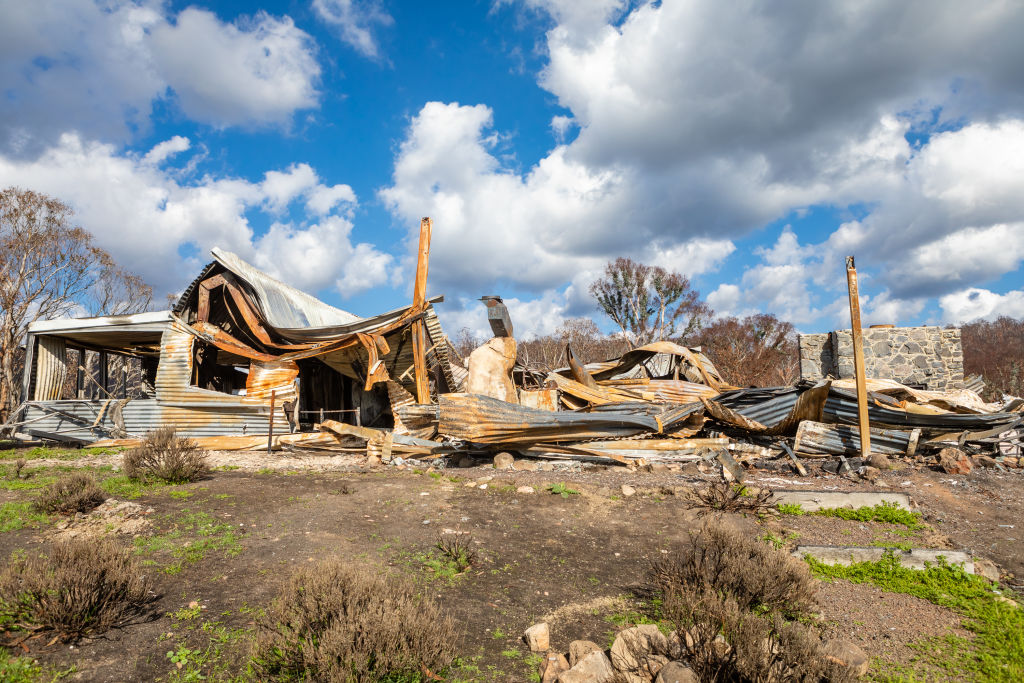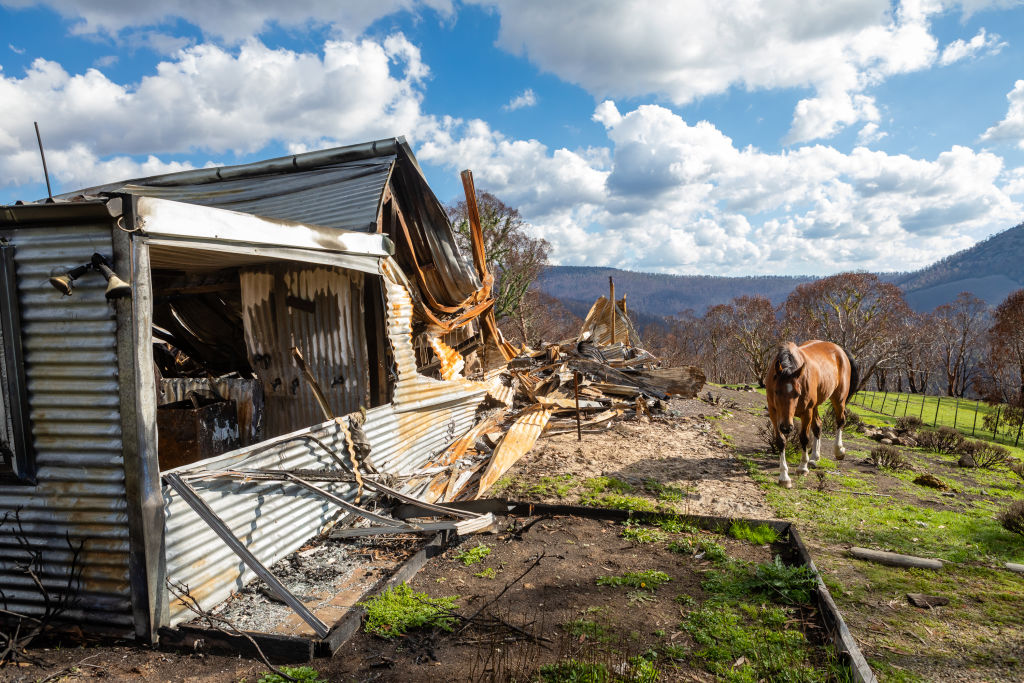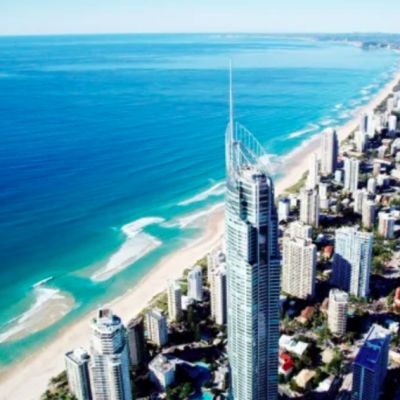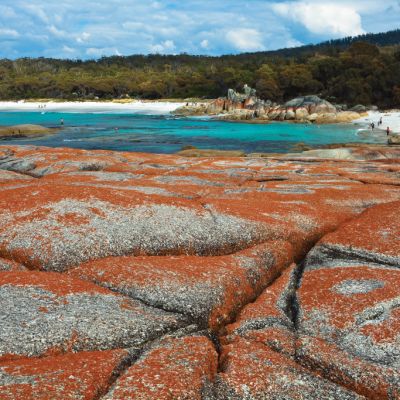Australia’s hellish bushfire season made insurance more expensive, and climate change will too
Insurance premiums were creeping up in areas with rising risk of fire and flood and experts have warned it could become unaffordable for those who needed it most.
The Consumer Action Law Centre has raised the alarm in their submission to the Bushfires Royal Commission, highlighting that insurance affordability would be compounded by the economic effects of COVID-19 in the months and years to come.
Chief executive Gerard Brody said insurance in disaster-hit areas could become prohibitively expensive for those who needed it most.
“Insurance providers are probably not best practice when it comes to supporting customers experiencing financial hardship,” Mr Brody said. “This has come up with COVID-19 as well.
“There’s hundreds of thousands who may not be able to afford cover or may be underinsured.”

Cobungra property owner Jeremy Sternson lost his house in the fires and said while he was yet to buy a new policy, his insurer had said to expect his premium to jump.
“It shouldn’t be a problem to reinsure once the house is built, but the premium price would go up 20 per cent,” he said.
Dr Sternson said he expected his premium to go from about $2600 a year to more than $3000.
“It could go up another $500 or so, but in saying that I think that’s a good deal considering how good they’ve been to me since the fire.”

While he was happy paying the increased price because he’d had no issues since the fire, he said it could be of concern to those on reduced incomes, or those affected by the coronavirus crisis.
“Even though the premiums are high in those sorts of areas, they may be worth it because you don’t know what’s going to happen,” Dr Sternson said.
Climate Risk director of science Karl Mallon said higher premiums could be because the insurers hadn’t appropriately priced in the risk of climate change-induced disasters like the Black Summer bushfires, or in cases like Dr Sternson’s where someone had lost their home.

Dr Mallon said the lowest insurance quote wasn’t always the best deal and he was aware of some cases where premiums had doubled post-fires.
“If insurance premiums go up, that shows it isn’t priced in,” he said. “It also could be that the astute insurer has priced it in, but people don’t take those policies because they’re expensive.”
Mr Brody said the best way to deal with high premiums was to establish an insurance watchdog, or to empower existing consumer watchdogs to monitor insurance prices.
“An ongoing pricing monitoring role would be a big help,” he said. “What we don’t want is for places in Australia to become unaffordable because they have fire or climate-change risks.”
Mr Bordy was also concerned about hidden fees and charges in policies, and that a lack of consistency across the industry would confuse customers.
He hoped the watchdog would also help tackle these issues.
Domain previously revealed that parts of the Gold Coast were becoming uninsurable due to flooding risk, and at the time Dr Mallon said premiums around $3000 a year were “approaching unaffordability”.
He doesn’t believe an insurance watchdog would ease prices, though, and said the best way to do so was reduce risk for insurance companies.
“The only thing we can reduce the premiums is to reduce the losses,” he said. “They’ll be driven up by climate change because the amount of fire weather we’re seeing each year means more fire seasons.
“We can’t reduce losses in the short term because they’re being driven up by the changes in the weather.
“We can mitigate the risk at the property level which means we build more resilient properties.”
We recommend
States
Capital Cities
Capital Cities - Rentals
Popular Areas
Allhomes
More










